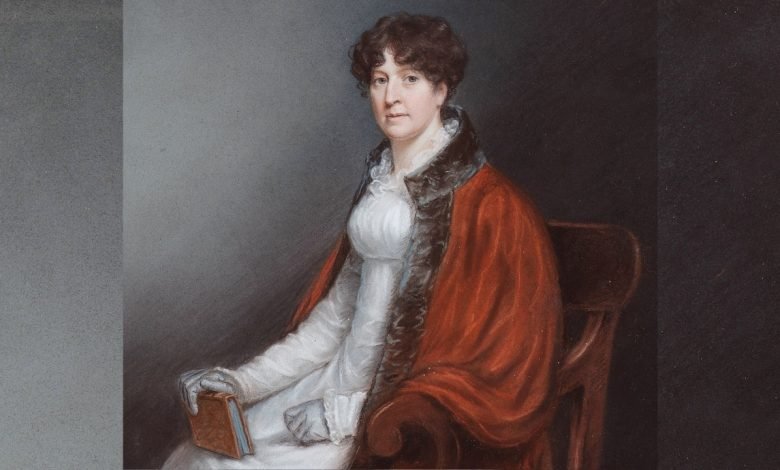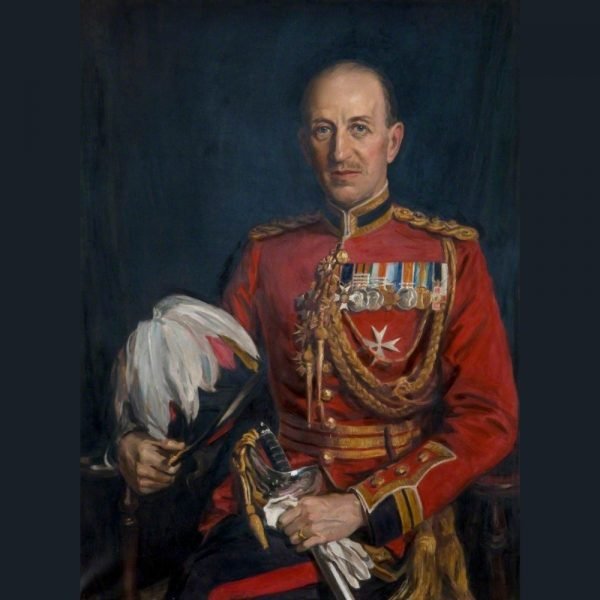Lord William Bentinck – The man who abolished Sati practice and ended thuggee practice in Central India

Lord William Bentinck was the end of the Thugee cult in central India. The Thugee cult was practised by bandits of Central India who were given political patronage by Kings.
Lord William Bentinck must be credited for bringing about many social reforms in India. He is most remembered for abolishing the practice of Sati in India. Lord William Bentinck was the first Governor-General of India and he is known to have enforced many social reforms which transformed India from its lethargic past and helped it align with modernization which was sweeping Europe.
Lord William Bentinck made English the first language in Judiciary instead of Persian. The move also helped to end the Persian influence in the Judiciary, a legacy of the long rule by the Mughals. The inclusion of English led to the spread of the language among the Indian populace. Knowledge of English helped Indians to read and educate themselves on new concepts of Democracy, Equality, Human Rights, the Magna Carta etc. He also opened the Calcutta Medical College where modern medicines were taught and anyone could get an admission regardless of caste or creed.
Lord William Bentinck’s most important act was the abolition of Sati. On 4 December 1829 Lord Bentinck declared Sati to be illegal and punishable in criminal courts. The move was bitterly opposed by the natives, something which Raja Ram Mohan Roy had already warned about. A petition was even sent to the Privy Council in London but it was rejected and Sati was abolished.
Another remarkable act of Lord William Bentinck was the end of the Thugee cult in central India. The Thugee cult was practised by bandits of Central India. The Thugs were often given political patronage by Kings and often used to create nuisance in neighbouring Kingdoms. In the middle of Eighteen century when the British were consolidating their hold on the subcontinent incidence of Thugee increased in Central India.

Thugee groups operate in groups of 10 to 15 and mingle with travellers. Travellers always travelled in groups of 100 to 150 people and the Thugs would intermingle with them, earn their confidence, waylay their victims before killing them and loot their valuables. The British were not much worried about the Thugee practice rampant in Central India. It was when an entourage consisting of a few Englishmen and women were ambushed and killed, the British started to think about eradicating the menace.
Lord William Bentinck entrusted the task to Major-general Sir William Henry Sleeman KCB, a bright young Military Officer who was posted in Jabalpur. William Sleeman closely studied the history of the Thuggee secret society which stretched back to 1300 AD. The Thugs were nomads and followed the occult practices. Delving deeper Sleeman realized the horrific details and the sheer number of victims who fell victim to Thugee.
Sleeman started a campaign against the Thugee and Dacoits. Hundreds of Thugs and dacoits were captured and executed. According to records, more than 1400 thugs were executed or given long sentences. Sleeman also started rehabilitation programs for the children of the Thugs who otherwise would have drawn into the trade of their forefathers. Sleeman is remembered for his works and there is even a village that goes by his name, Sleemnabad which is about 30 kilometres from Jabalpur.
Image Credits: Feature Image: By Ellen Sharples - Bonhams, Public Domain, https://commons.wikimedia.org/w/index.php?curid=20125413 Second Image: Oil On Canvas Painting, Harcourt, George; Colonel Sir James Lewis Sleeman (1880-1963); Queen's University, Belfast; http://www.artuk.org/artworks/colonel-sir-james-lewis-sleeman-18801963-168871